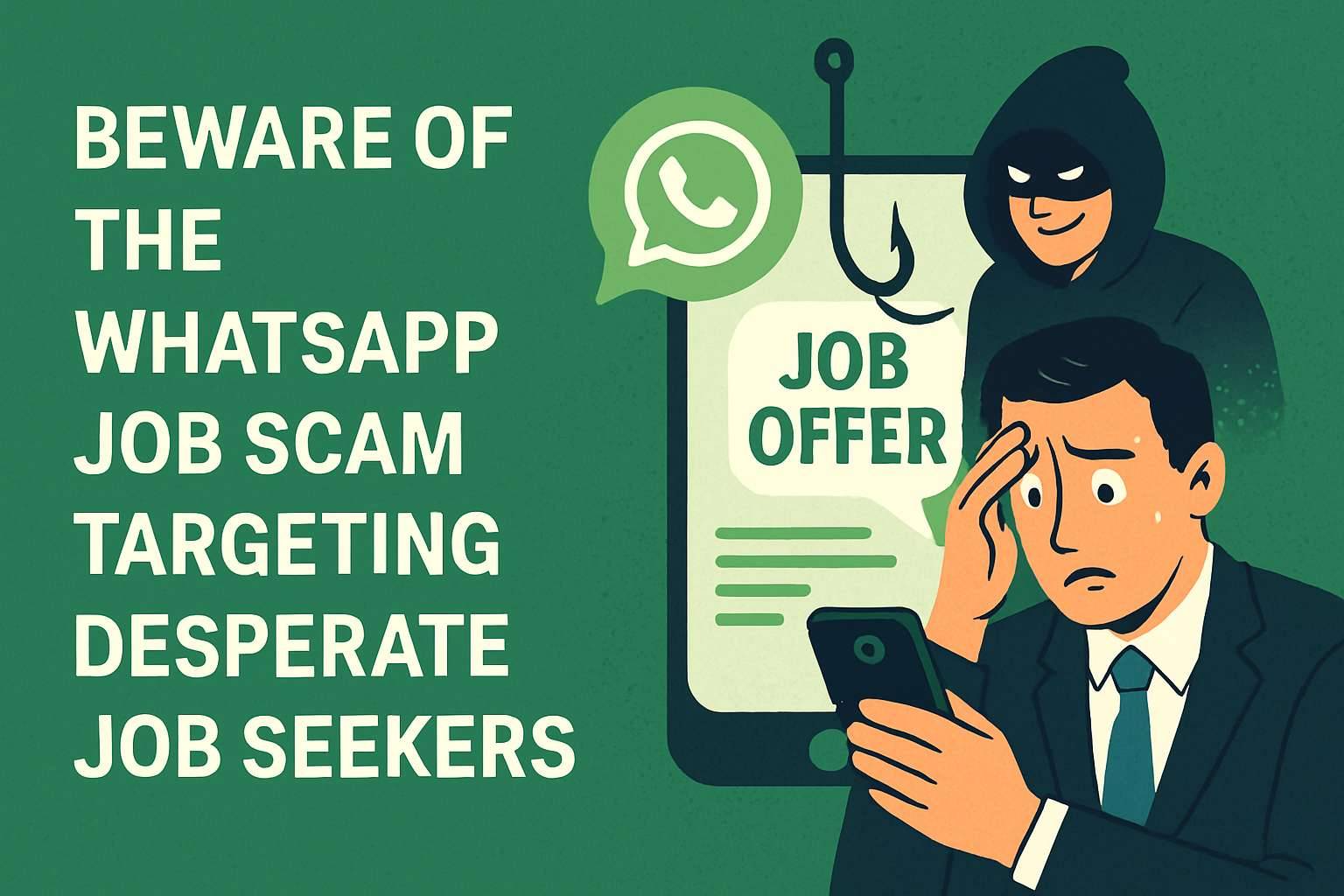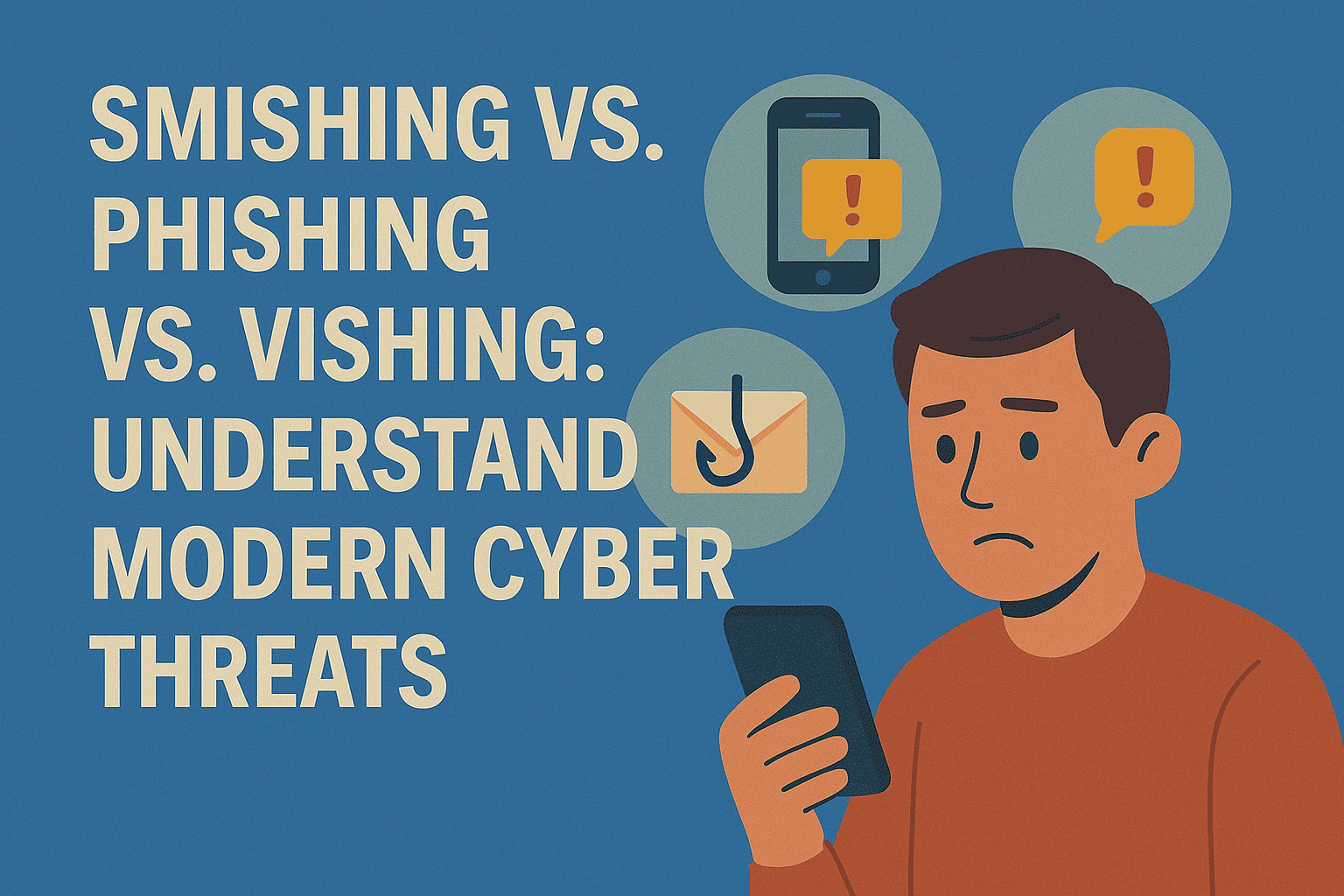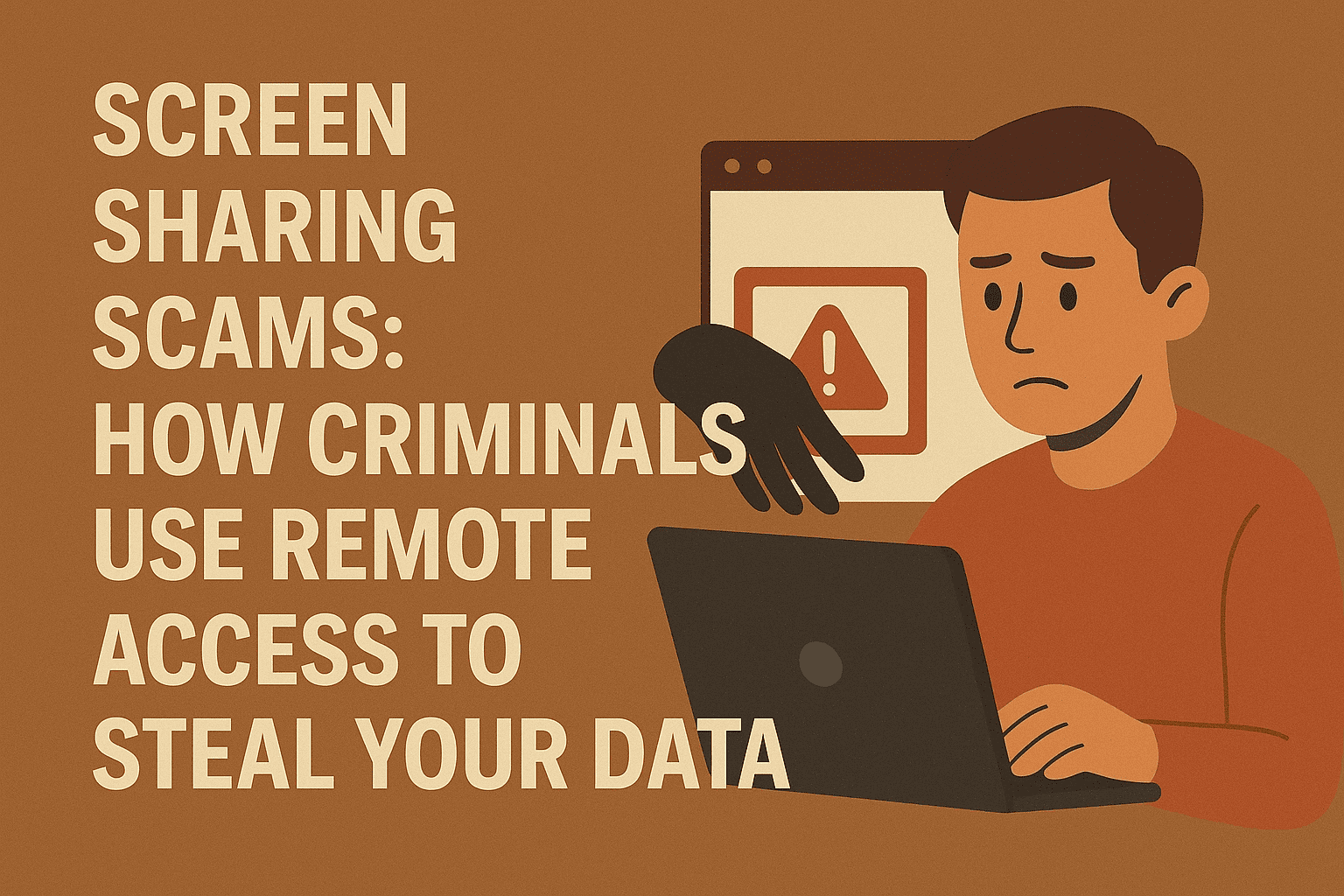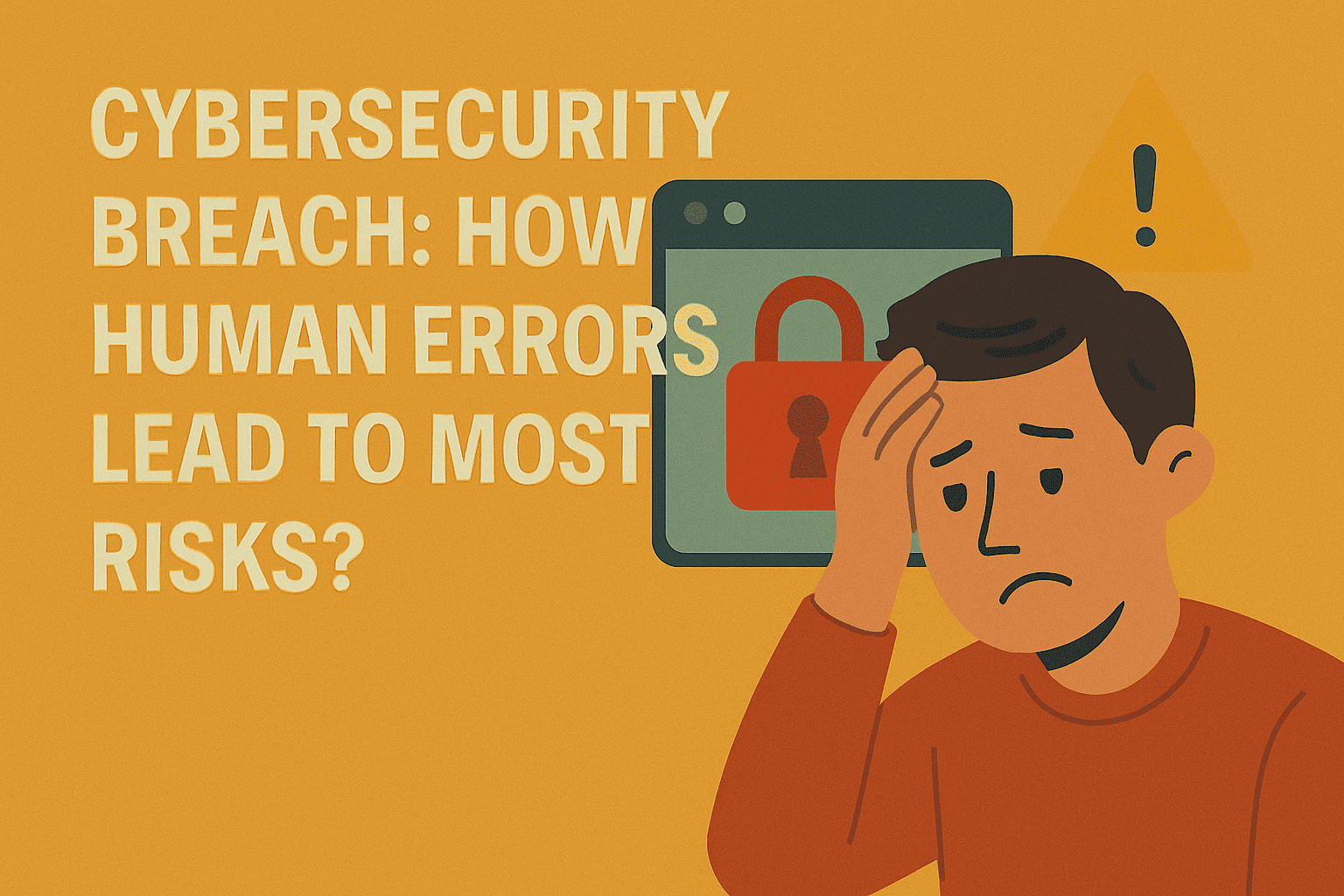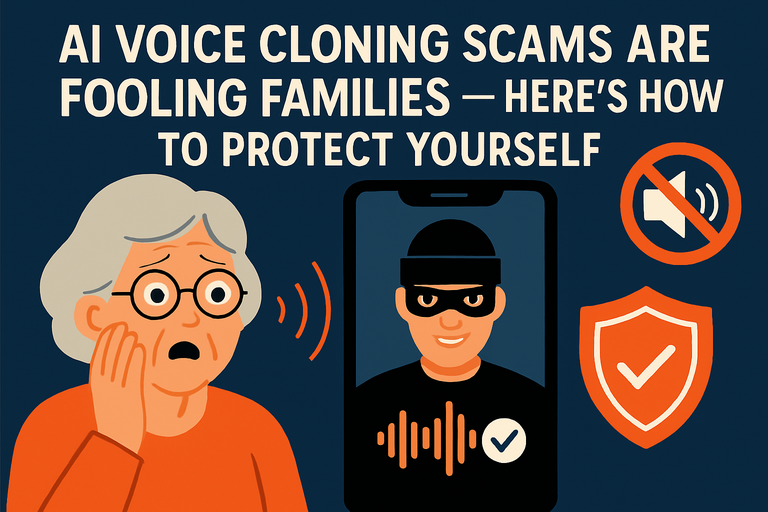Smishing and Vishing: The Rise of Mobile-Based Cyber Attacks in the Real World
Real-world cases, prevention strategies, and ways to stay secure from mobile phishing scams
In today's digital age, mobile phones are at the center of our daily lives, from banking to shopping and communication. However, this convenience has also opened doors for cybercriminals who use tactics like smishing and vishing to deceive people and steal sensitive data.
Smishing involves sending fraudulent text messages posing as banks, government agencies, or trusted companies. Victims are tricked into clicking malicious links and entering personal details. For instance, an SMS in Hindi claiming suspicious bank activity might prompt immediate action, only to drain the victim’s account later.
Vishing uses fake phone calls, often impersonating bank officials or law enforcement, to pressure victims into revealing sensitive details like KYC information. Attackers exploit urgency and fear, leaving victims financially compromised.
These scams are on the rise due to mobile dependency, advanced spoofing technology, and lack of public awareness. To stay safe:
-
Always verify requests through official channels.
-
Never share personal or banking details via SMS or calls.
-
Check URLs before clicking.
-
Use security software and stay updated.
-
Report suspicious messages and calls to authorities.
Smishing and vishing are not just digital nuisances—they are serious threats to your money and privacy. Awareness and caution are your best defense.


